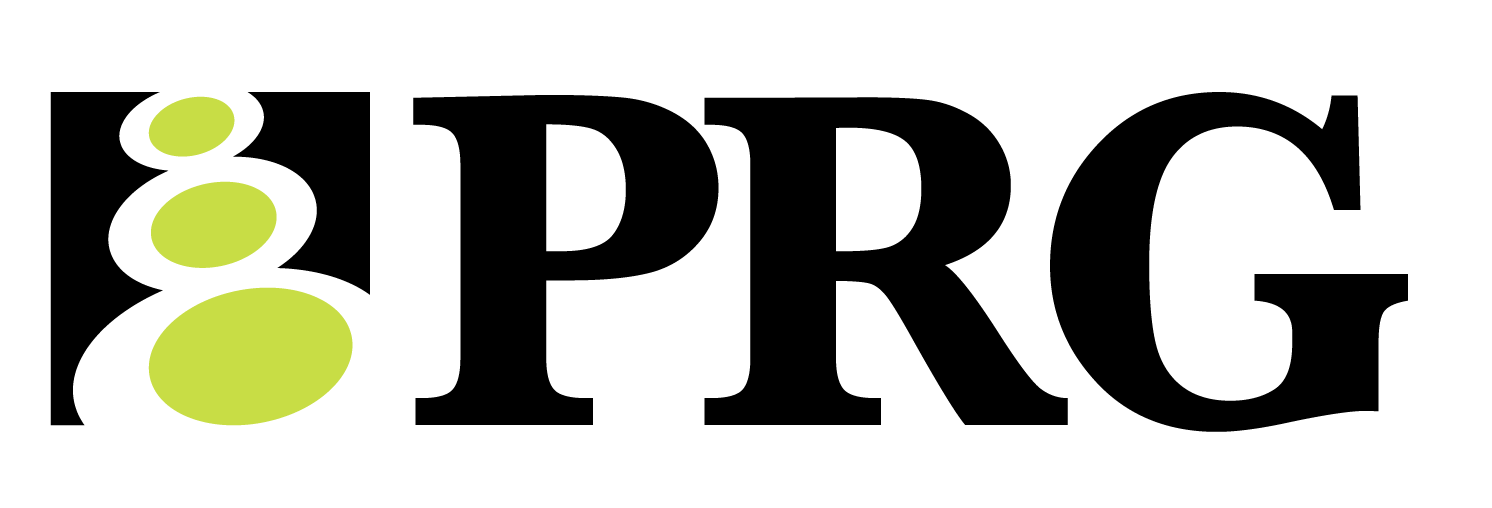
The Rise of Hybrid Work Models and Employee Choice
February 2020, the work landscape experienced a seismic shift towards remote and flexible work models, catalyzed by the global upheaval of the COVID-19 pandemic. A year later the effects of the pandemic began to ease, and corporations began to want their employees back on premises to resume business as usual. But the cat was out of the bag so to speak and employees pushed back as they enjoyed the benefits of working remotely.
Today organizations worldwide find themselves at a crossroads, grappling with the balance between employee preferences and the evolving nature of work. While some corporations, including giants like Twitter, Morgan Stanley, and Goldman Sachs, etc., championed a return to in-office mandate, a parallel narrative emerged, advocating for remote and flexible work options.
Hybrid Work - Productivity Analysis:
Gensler, a global architecture firm, performed research by surveying over 4,000 of their workers. The results revealed while U.S.-based office workers spent 48% (2.5 days) of their typical work week in the office, they asserted that productivity necessitated increasing that split to 63% (3.2 days).
The study explored the factors influencing the desire to work in an office. When asked from a list of reasons what is the biggest factor in making you want to go into an office, workers in different demographics (age, parental status, living arrangement) across the globe consistently ranked
“need to focus on work” - in first place.
In fact, it’s what all working generations—Gen Z, millennials, Gen X, and baby boomers—agreed on. Also common in the top five were “socializing with colleagues,” “access to technology,” and “to sit with my team.”
Fully Remote Work
The benefits of remote work for employees is a topic that is largely understood, but this arrangement can benefit businesses as well. As a result some employers embrace a fully remote or remote-first approach. Using this tactic companies can experience office related cost reductions, increased productivity and attendance, and an increased ability to attract top-tier talent, by eliminating the need to be bound to a physical location.
Annie Dean, Head of Team Anywhere at Atlassian, challenges the traditional view of on-site only. Annie contends that mandating in-person work as the default is outdated, emphasizing the potential for inclusivity, morale, and productivity gains through remote or flexible working arrangements.
However, not every job is suitable for remote work. Some positions must be based in an office / site location because the type of work they involve cannot be done remotely.
The Rise of Hybrid Work Models
Today, the compromise seems to lie in the hybrid work model, offering a middle ground that satisfies both camps. Gensler's productivity research suggests that a well-structured hybrid work model could potentially outperform the current average. The model combines the benefits of in-person collaboration with the flexibility of remote work, offering a solution that aligns with the diverse needs and preferences of the workforce.
Hybrid Model - Two-Thirds Rule: A Balanced Approach
Companies rigidly mandating on-site work might find solace in Gensler's data, which indicates that two-thirds of the week (about 3 days) in-person is more than adequate for achieving strong business outcomes. This balanced approach not only caters to productivity but also positions companies to attract high-quality talent through remote or hybrid work models.
Conclusion
It's important to note that consensus on work models can vary across industries, regions, and individual organizations. Factors influencing this decision include the nature of the work, the industry's requirements, employee preferences, and technological capabilities. Some companies may opt for fully remote work, while others may favor a more traditional in-office approach.
As organizations navigate the future of work, the discourse between in-office mandates and remote flexibility will remain. The data points to a nuanced reality where a well-structured hybrid model can be optimized for productivity and employee satisfaction. Striking the right balance is the key, as companies explore innovative approaches that not only meet business objectives but also empower their workforce to thrive in the ever-evolving landscape of work.
References:

Commentaires